Hauser & Wirth Somerset’s latest show celebrates rural life
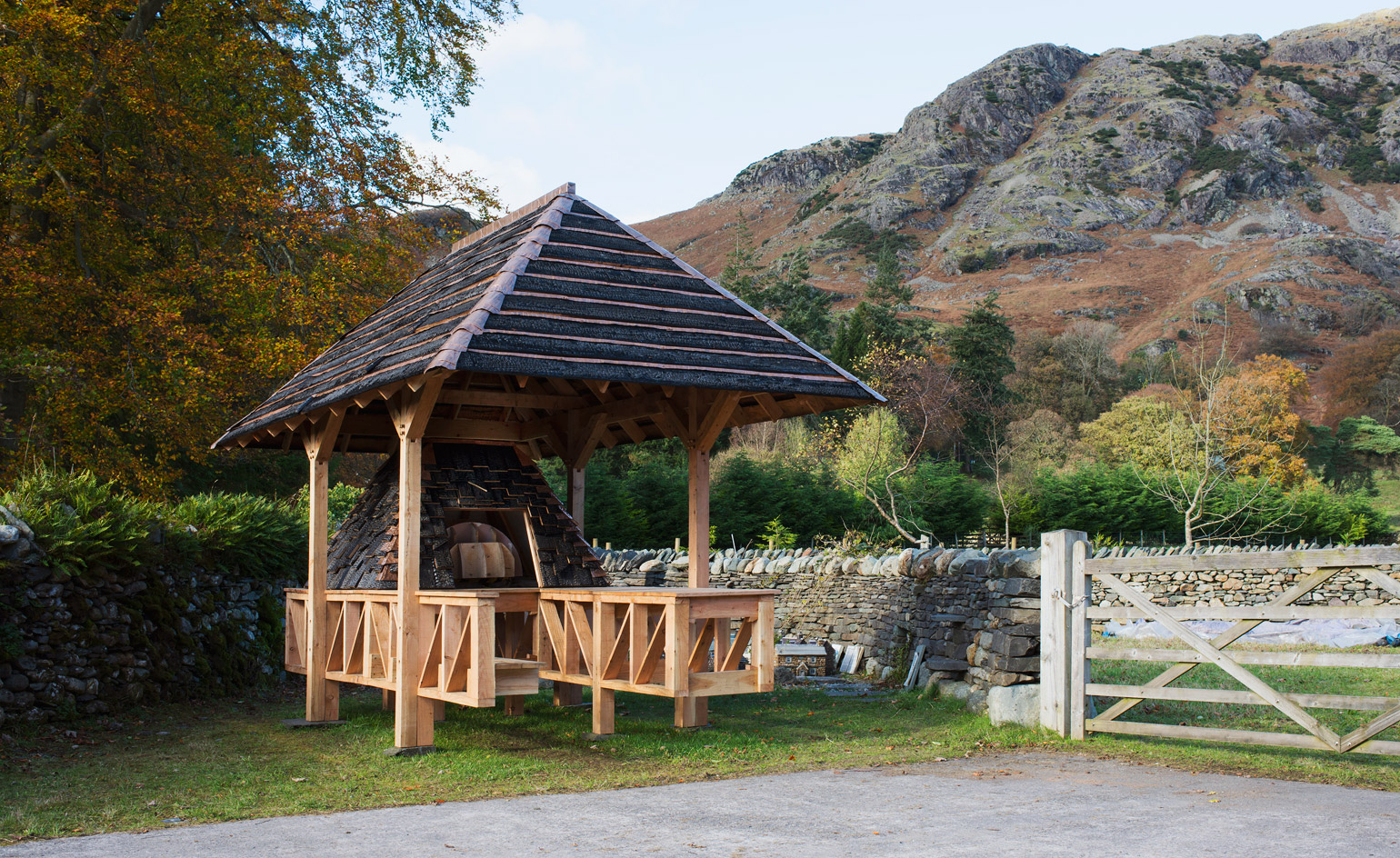
What does a German illustrator at the turn of the 20th century have in common with American rock band the Grateful Dead? The answer: more than you might think, as established by ‘The Land We Live In – The Land We Left Behind’, the latest exhibition to open at Hauser & Wirth Somerset. Over 160 works have been borrowed from 15 public collections – as well as several private collections – for the ambitious survey at the Bruton gallery, which examines society’s relationship to the rural.
Featuring some 50-odd creative luminaries, including Paul McCarthy, Laure Provost, Roni Horn, Anj Smith, Mark Wallinger, and Frank Lloyd Wright, the exhibition traces artists working from the 1500s to present day. ‘The general ambition of this show encapsulates my own life history. I’ve worked in the rural for a very long time,’ says curator Adam Sutherland. The Griezdale Arts director was born and raised on a farm before moving to London. ‘I am reflecting quite a lot of my experience and understanding of the rural, which is very much a love-hate relationship.’
In tribute to its original use, the Threshing Barn comprises installations centred on produce, growing and processing. Here, Carsten Höller’s signature mushroom sculptures sprout next to a three-tiered aquaponic tank system by the Chicago-based Sweet Water Foundation. ‘Sweet Water Foundation reflects a lot of the other utopian ambitions of the projects throughout the show,’ Sutherland notes. ‘I really believe in the idea of striving towards utopia despite the fact that it’s absolutely guaranteed to fail.’
From there, the show threads together a wonderfully higgledy-piggledy array of bucolic scenes, pitting artists’ works and movements against each other in unlikely ways (the complicated politics of the arts and crafts movement works oddly well in relation to nudist concepts). In the Workshop & Pigsty, motifs by Fidus (1868-1948) – the German illustrator whose work directly influenced the psychedelic style of graphic design in the 1960s – are echoed in Grateful Dead posters 100 years later.
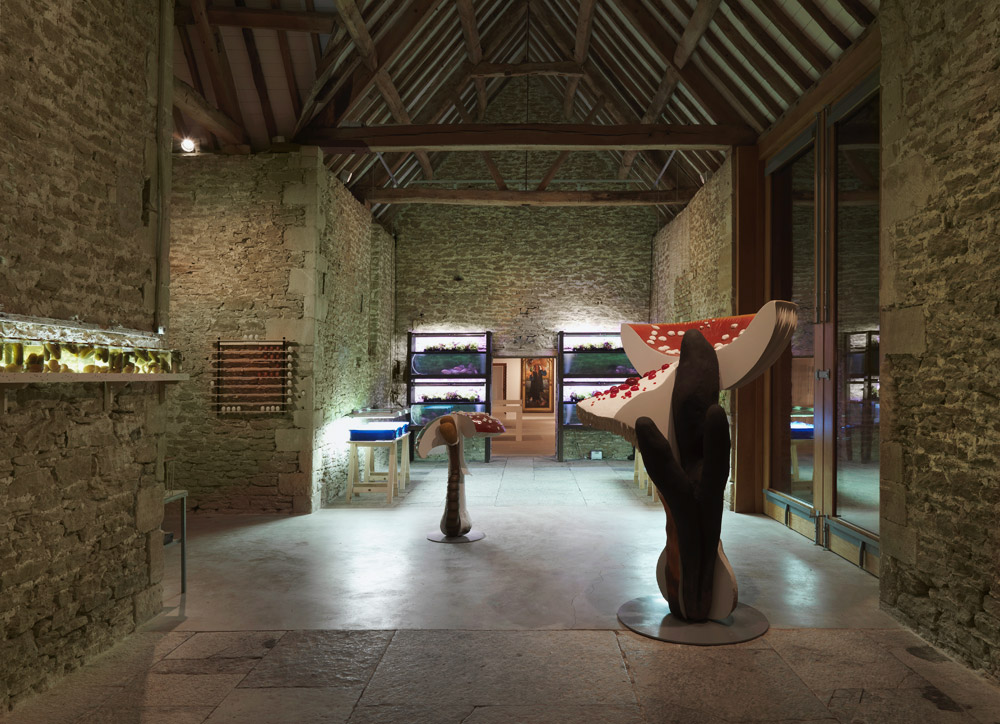
Installation view of ‘The Land We Live In – The Land We Left Behind’ at Hauser & Wirth Somerset. Photography: Ken Adlard. Courtesy of Hauser & Wirth
‘What I’ve done with this show is to connect lots of objects,’ says the curator. ‘It’s a kind of thumbnail sketch of a huge subject and everything in it has multiple connections and meanings – not necessarily the ones the artist might have intended. Art is a process, verve… a connecting tissue between objects.’
Ultimately, the show is the fullest expression of Hauser & Wirth Somerset since the gallery opened three-and-a-half years ago, taking over the Grade II-listed Durslade Farm. ‘[The exhibition] is something that we’ve wanted to do since day one,’ says Alice Workman, Hauser & Wirth Somerset senior director. ‘Hauser & Wirth Somerset is all about art, architecture, the land, and the countryside. We have a working farm here, we have a very active education and events programme, and we work very closely with our community. We wanted to have an exhibition that celebrated all of those things.’
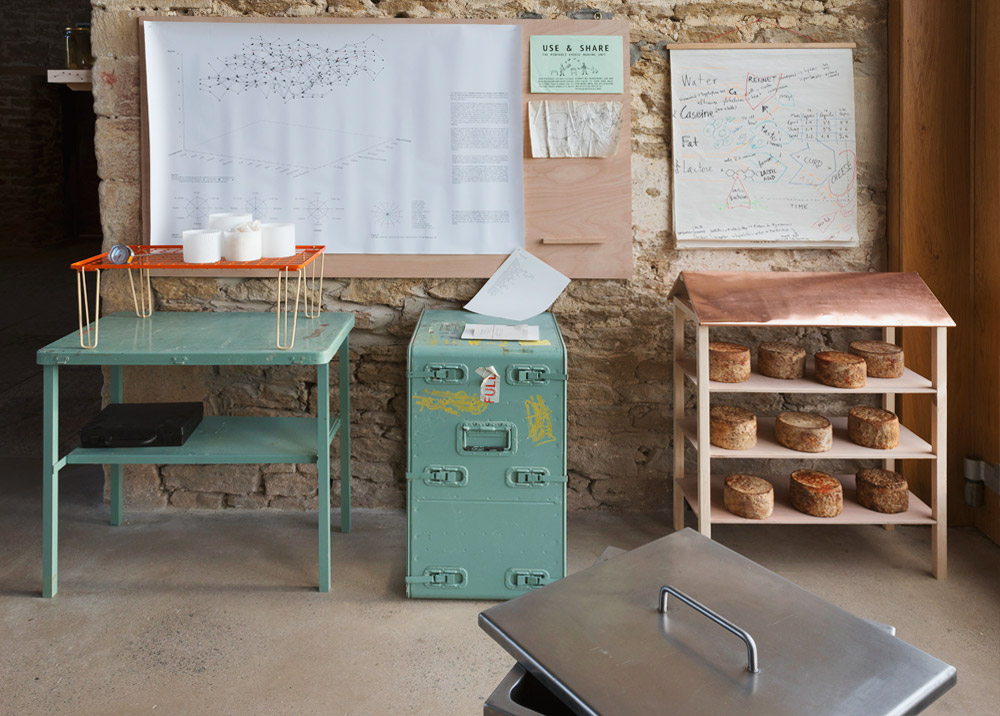
Installation view of ‘The Land We Live In – The Land We Left Behind’ at Hauser & Wirth Somerset. Photography: Ken Adlard. Courtesy of Hauser & Wirth
There are more than 70 events planned over the next few months, from bread baking to truffle hunting and cheese making. The gallery’s gamekeepers, farmers, chefs, and gardeners were all involved in the planning of the exhibition, explains Workman, while the in-house art team created a custom typeface based on farming paraphernalia. Outside, goats graze in the grass farmyard – themselves part of a functioning artwork – climbing on and around a wooden pavilion by the artist Fernando García-Dory and Hayatsu Architects. The architects have similarly collaborated with architecture students from Central Saint Martins on a working bread oven, which will be used for workshops throughout the duration of the exhibition.
Moving into the Rhoades gallery – the largest of the exhibitions spaces – Sutherland has tapped into the interest people have in food and eating together, noting it’s a theme that has rose to prominence with artists particularly in the past 15 years. A long banquet table dominates the centre of the room, dressed with a smorgasbord of works by Ryan Gander, Giles Round and more. Elsewhere, Marc Coates and architectural firm Sutherland Hussy Harris have repurposed a wooden structure as an apple store.
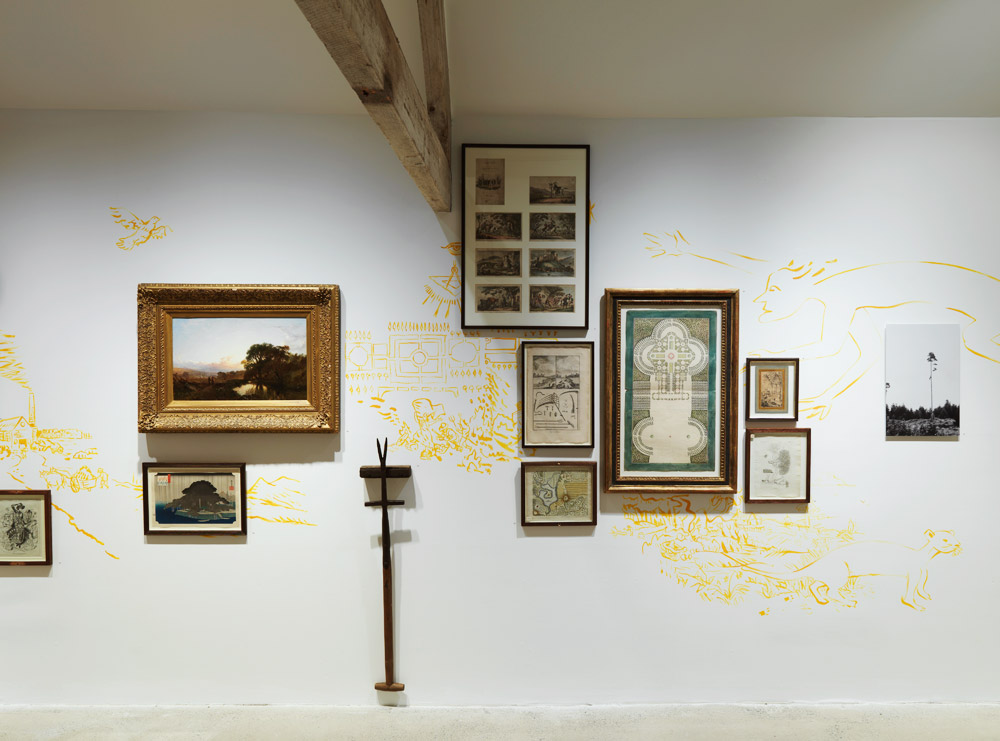
Installation view of ‘The Land We Live In – The Land We Left Behind’ at Hauser & Wirth Somerset. The collection of works in this room are knitted together by a series of interpretative wall drawings by Fernando García-Dory. Photography: Ken Adlard. Courtesy of Hauser & Wirth
‘This exhibition has got quite a lot of punctuation and puncturing of various preconceptions about the rural and highlights many of the elemental aspects of rural life,’ says Sutherland. ‘In many ways I think it’s not really about the rural – it’s about human nature, and perhaps our aspirations to have better natures.’
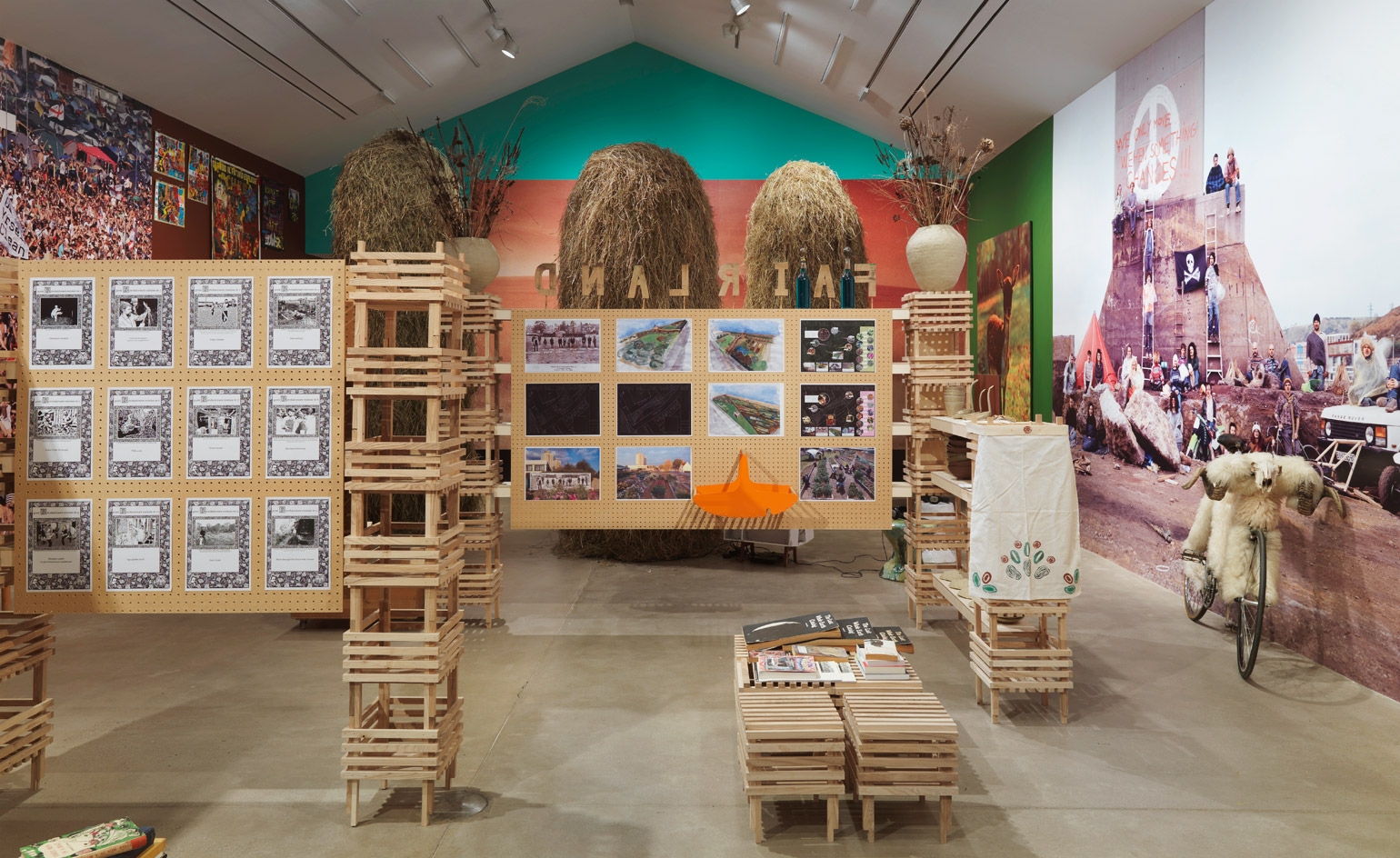
Installation view of ‘The Land We Live In – The Land We Left Behind’ at Hauser & Wirth Somerset. Photography: Ken Adlard. Courtesy of Hauser & Wirth
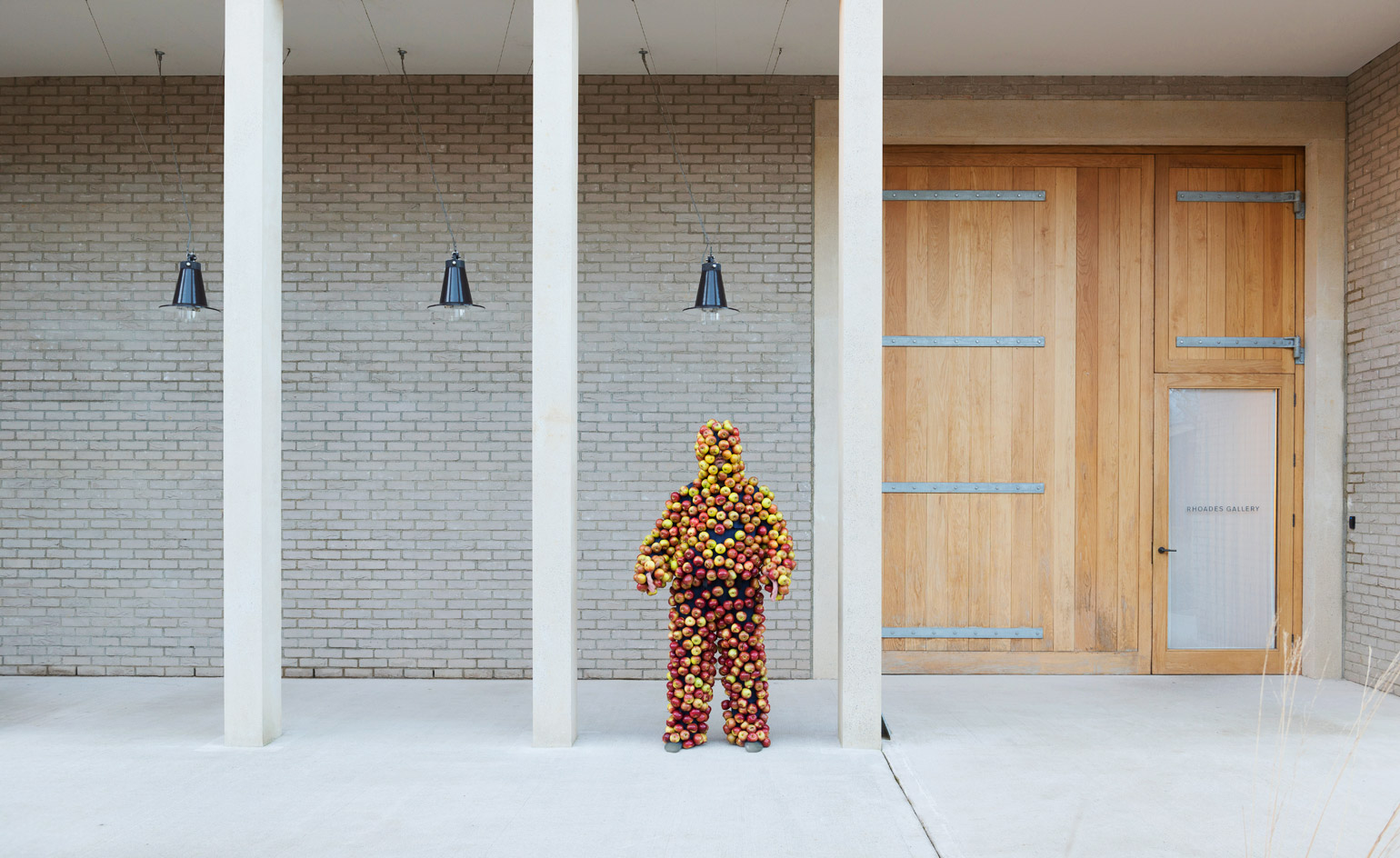
Installation view of ‘The Land We Live In – The Land We Left Behind’ at Hauser & Wirth Somerset. Photography: Ken Adlard. Courtesy of Hauser & Wirth
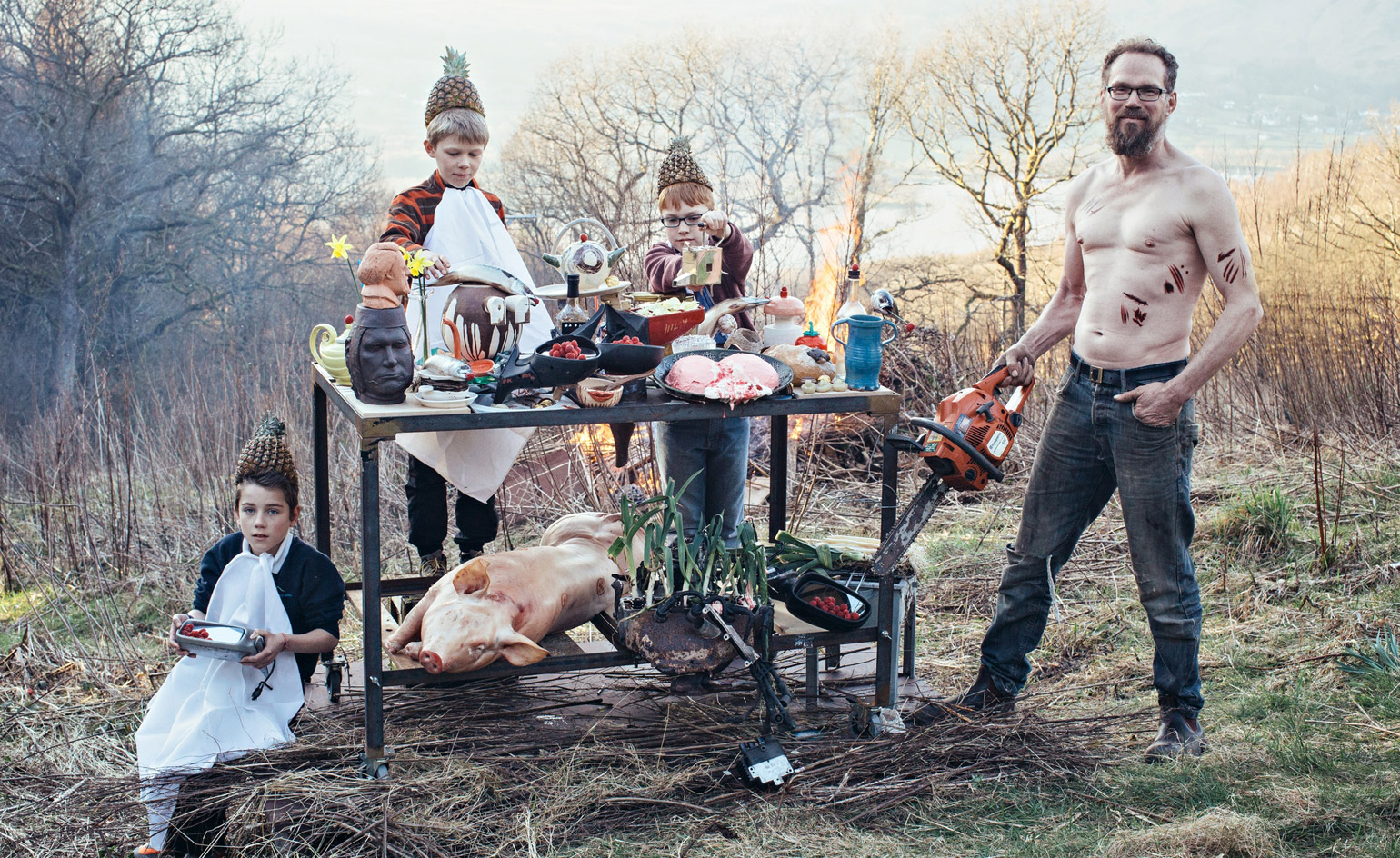
Courtesy of Laure Prouvost and Grizedale Arts
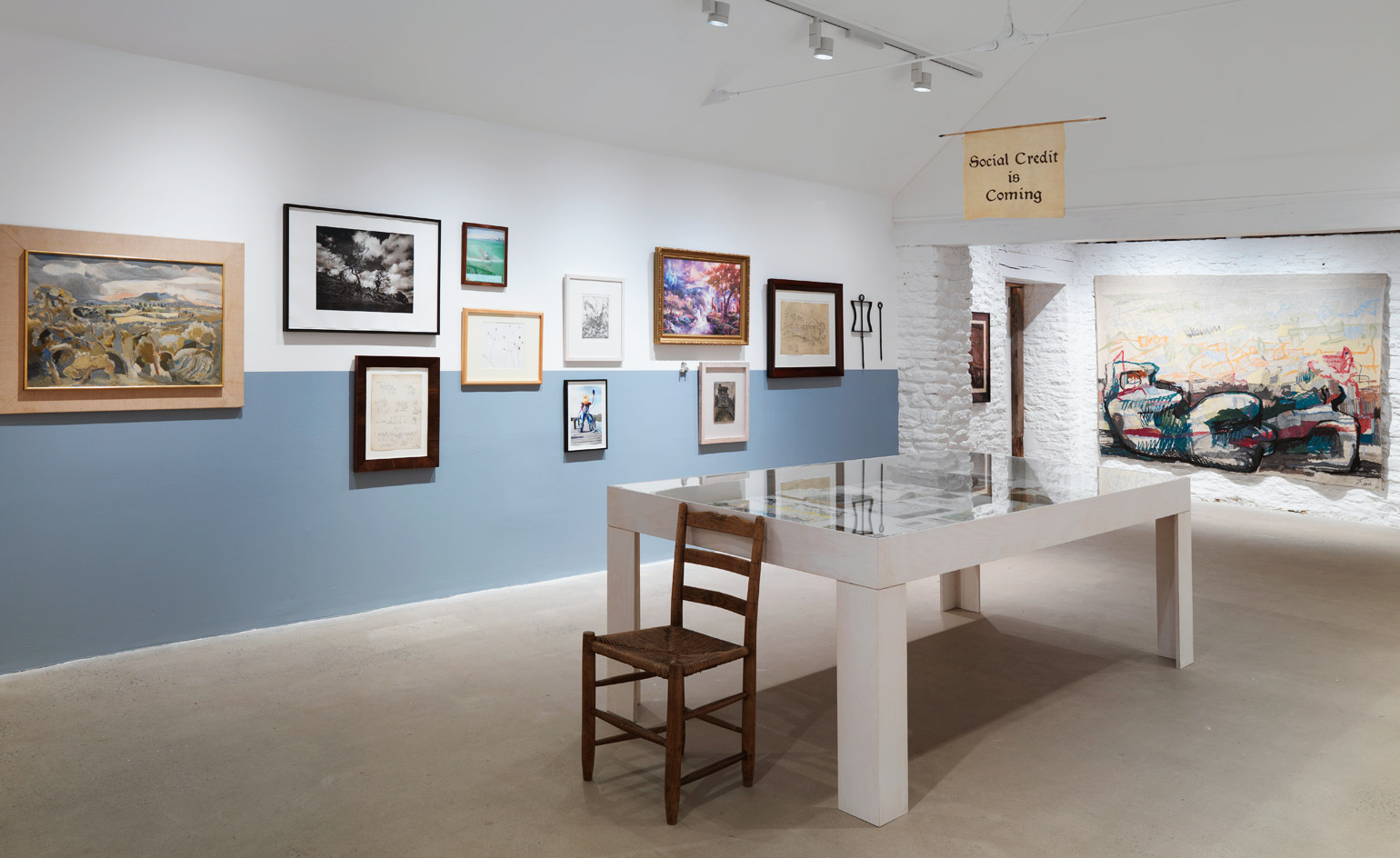
Installation view of ‘The Land We Live In – The Land We Left Behind’ at Hauser & Wirth Somerset. Photography: Ken Adlard. Courtesy of Hauser & Wirth
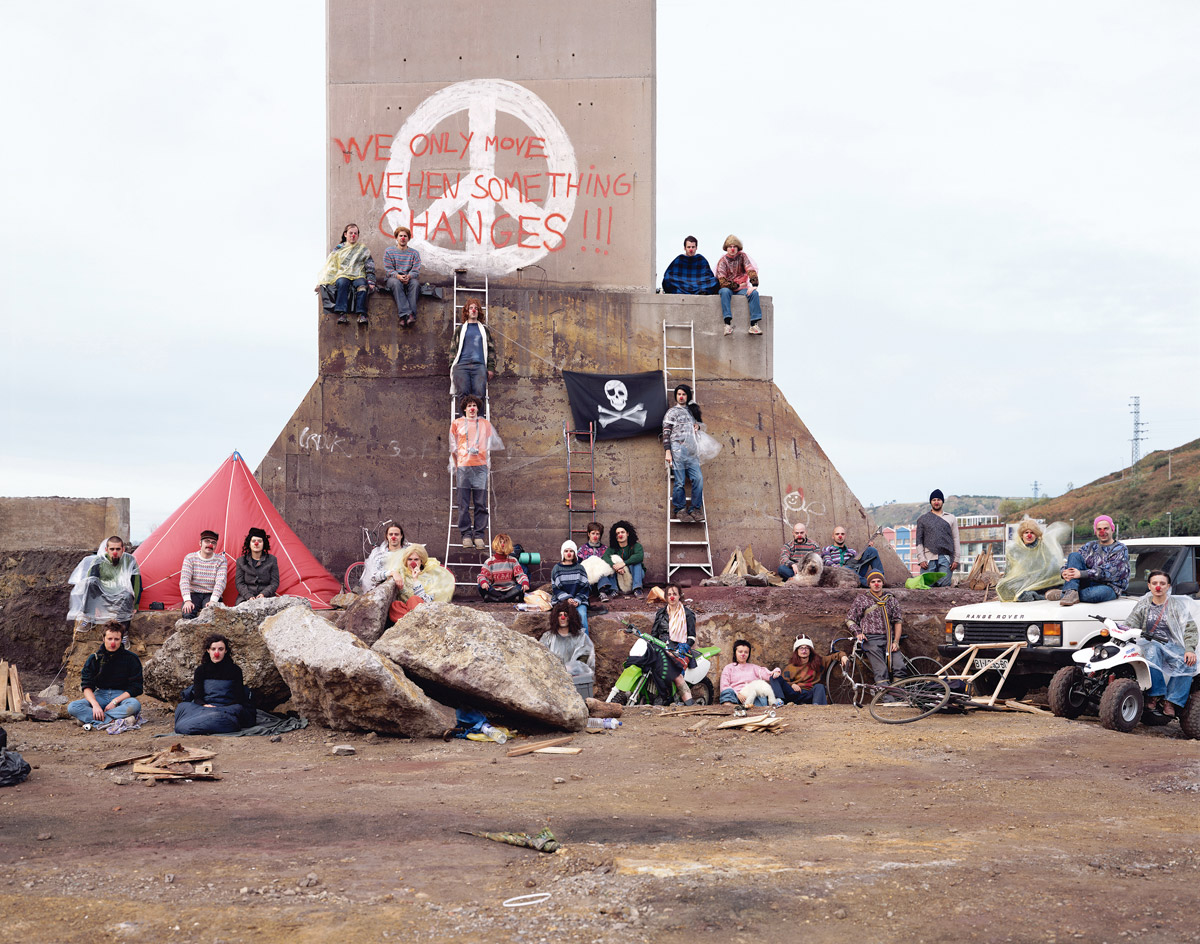
We Only Move When Something Changes, 2002, by Olaf Breuning. Courtesy of Olaf Breuning/Metro Pictures
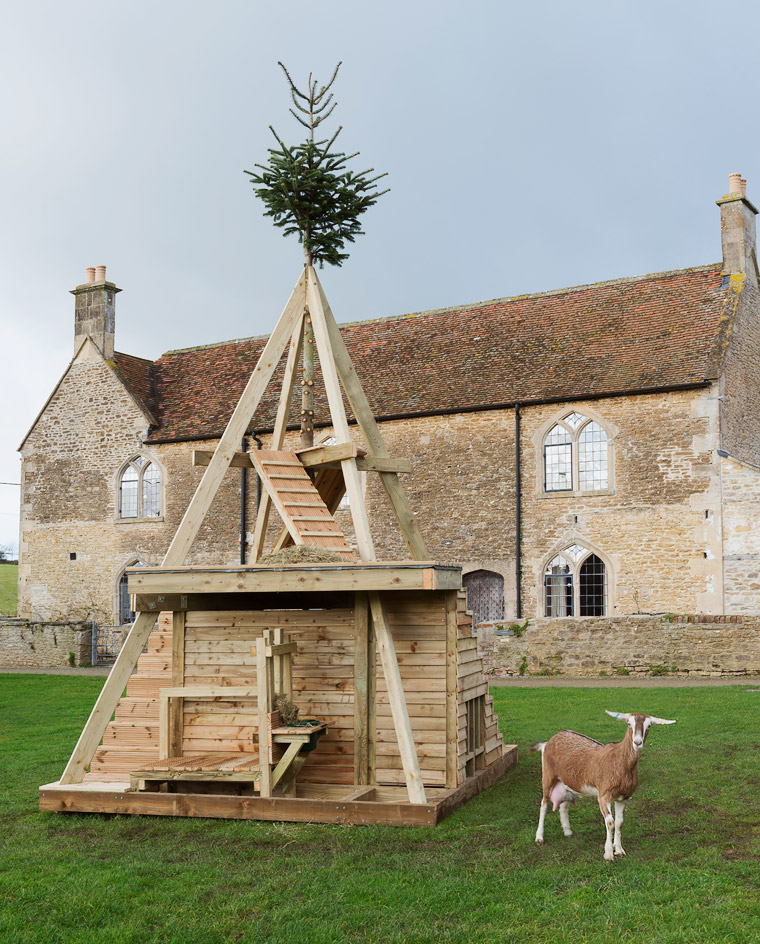
Installation view of ‘The Land We Live In – The Land We Left Behind’ at Hauser & Wirth Somerset. Photography: Ken Adlard. Courtesy of Hauser & Wirth

The Bavarian Deer, 1987/1999, by Paul McCarthy. © Paul McCarthy. Courtesy of the artist and Hauser & Wirth
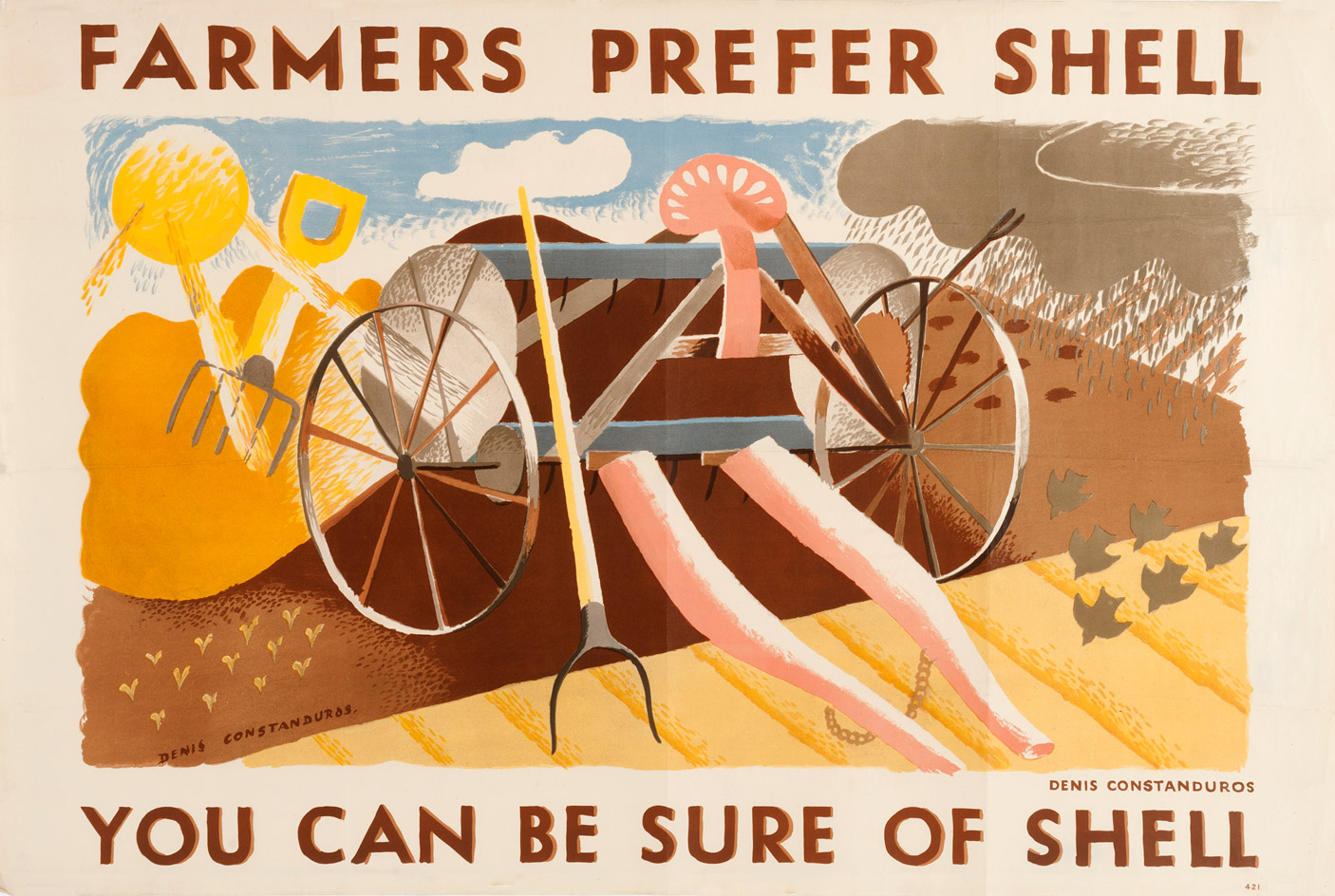
Farmers Prefer Shell, 1934, by Denis Constanduros. Courtesy of the Shell Heritage Art Collection
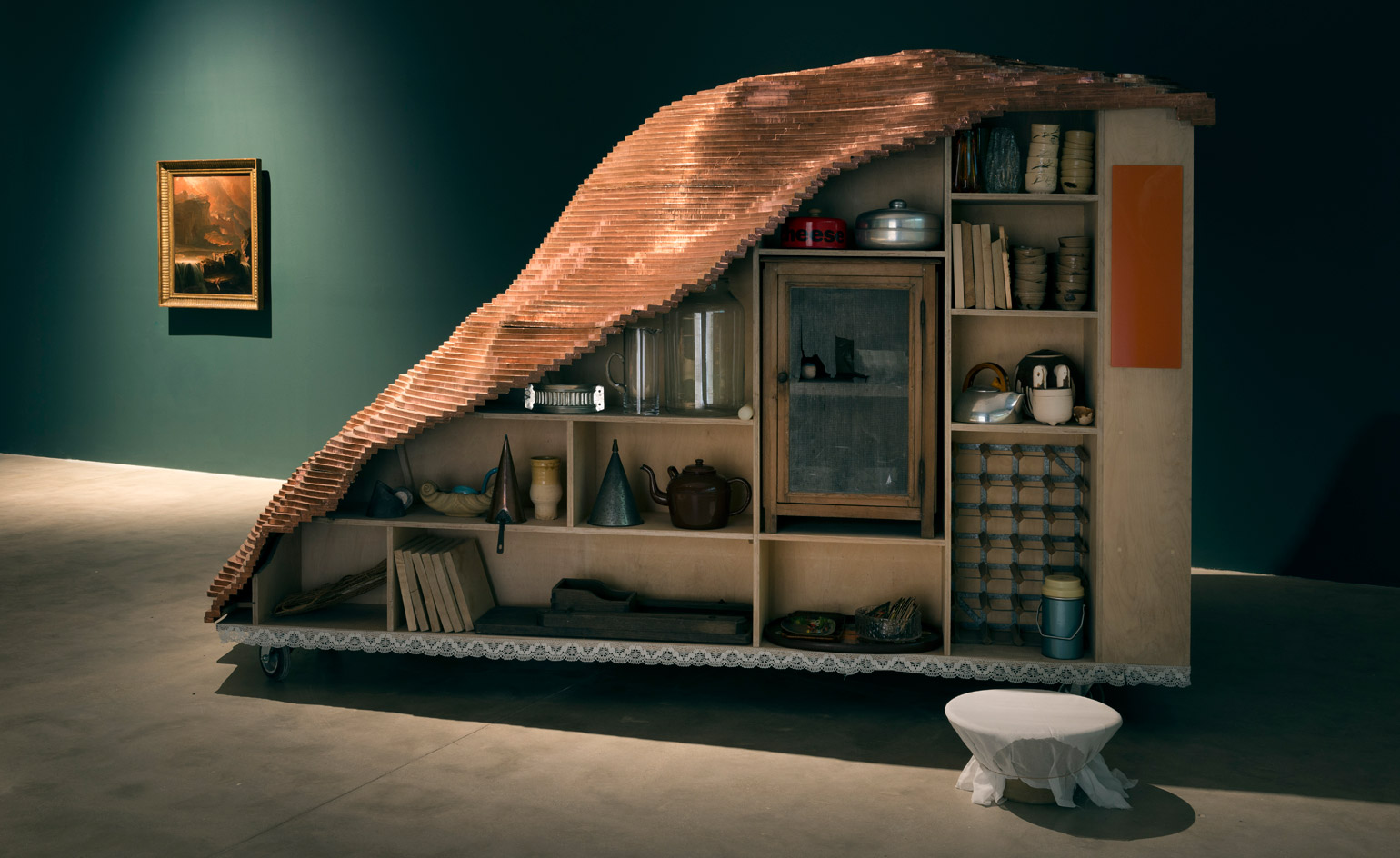
Installation view of ‘The Land We Live In – The Land We Left Behind’ at Hauser & Wirth Somerset. Photography: Ken Adlard. Courtesy of Hauser & Wirth
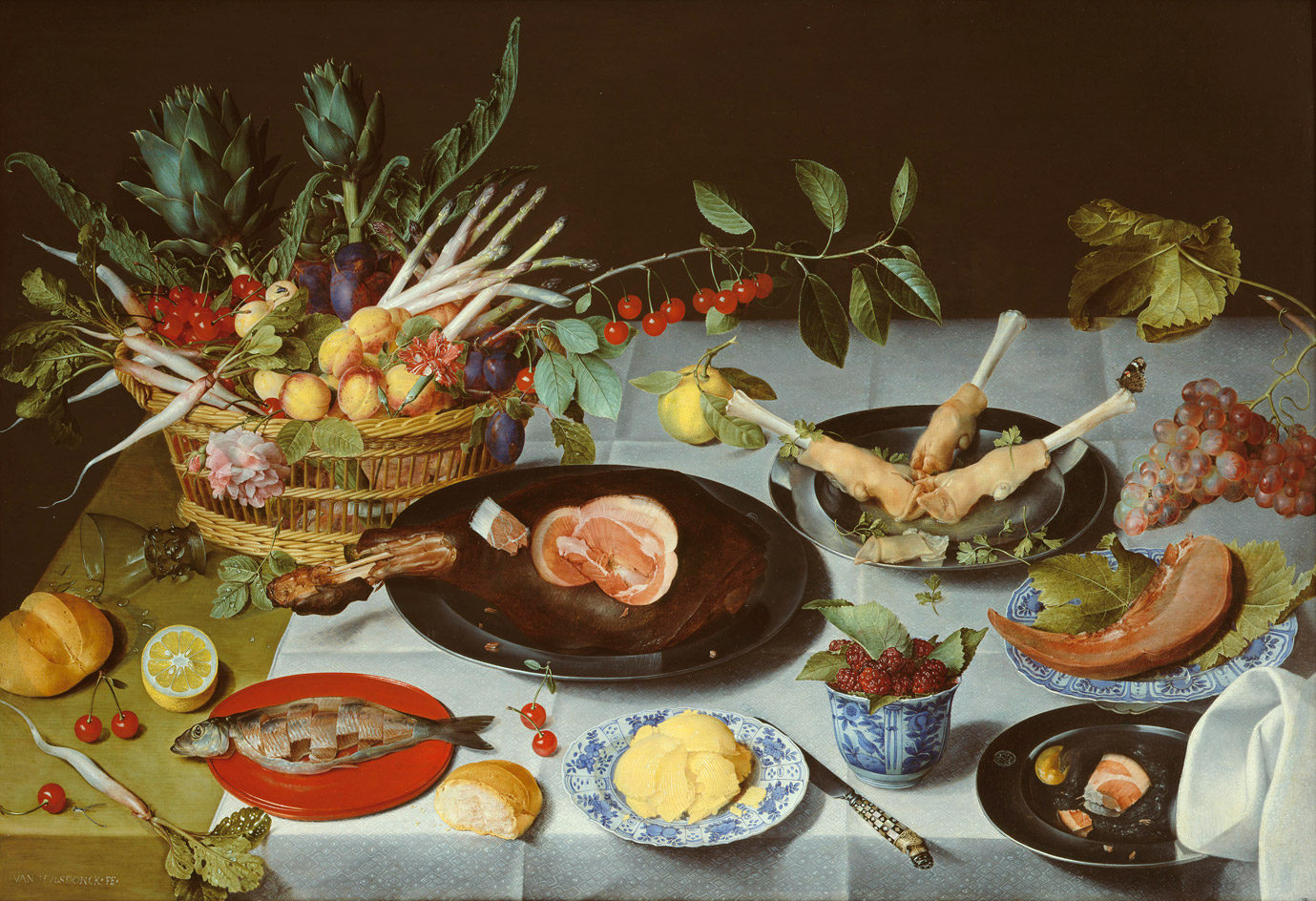
A Still Life of a laid Table, with Plates of Meat and Fish and a Basket of Fruit and Vegetables, c1627, by Jacob van Hulsdonck
INFORMATION
‘The Land We Live In – The Land We Left Behind’ is on view until 7 May. For more information, visit the Hauser & Wirth Somerset website
Wallpaper* Newsletter
Receive our daily digest of inspiration, escapism and design stories from around the world direct to your inbox.
ADDRESS
Hauser & Wirth Somerset
Durslade Farm
Dropping Lane
Bruton
Somerset BA10 0NL
-
 Put these emerging artists on your radar
Put these emerging artists on your radarThis crop of six new talents is poised to shake up the art world. Get to know them now
By Tianna Williams
-
 Dining at Pyrá feels like a Mediterranean kiss on both cheeks
Dining at Pyrá feels like a Mediterranean kiss on both cheeksDesigned by House of Dré, this Lonsdale Road addition dishes up an enticing fusion of Greek and Spanish cooking
By Sofia de la Cruz
-
 Creased, crumpled: S/S 2025 menswear is about clothes that have ‘lived a life’
Creased, crumpled: S/S 2025 menswear is about clothes that have ‘lived a life’The S/S 2025 menswear collections see designers embrace the creased and the crumpled, conjuring a mood of laidback languor that ran through the season – captured here by photographer Steve Harnacke and stylist Nicola Neri for Wallpaper*
By Jack Moss
-
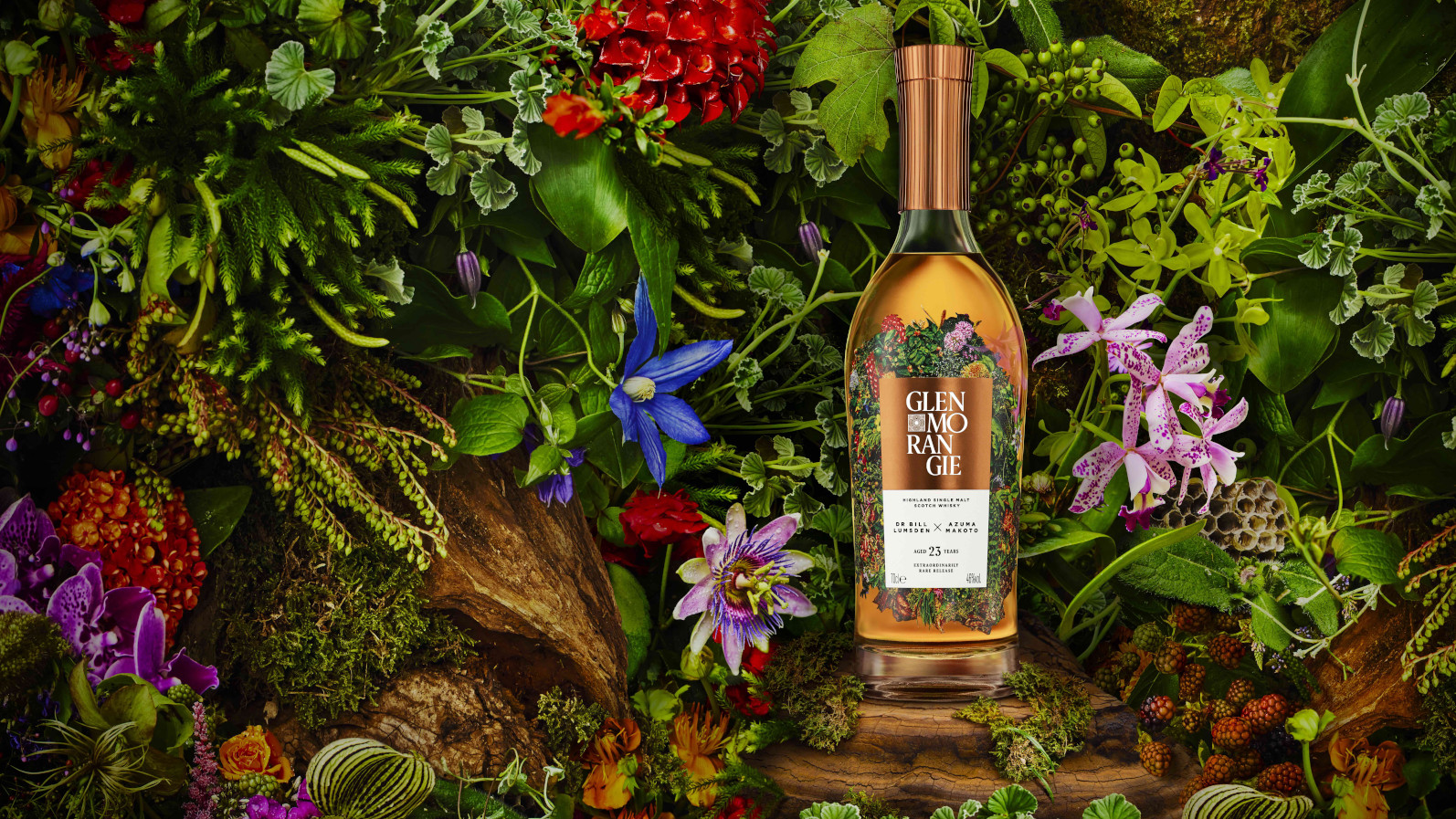 New Glenmorangie whisky nods to nature, with botanical artist Azuma Makoto
New Glenmorangie whisky nods to nature, with botanical artist Azuma MakotoGlenmorangie unveils ‘Glenmorangie Dr Bill Lumsden x Azuma Makoto 23 Years Old’, an extraordinarily rare limited-edition whisky that embodies the wonder of the natural world
By Melina Keays
-
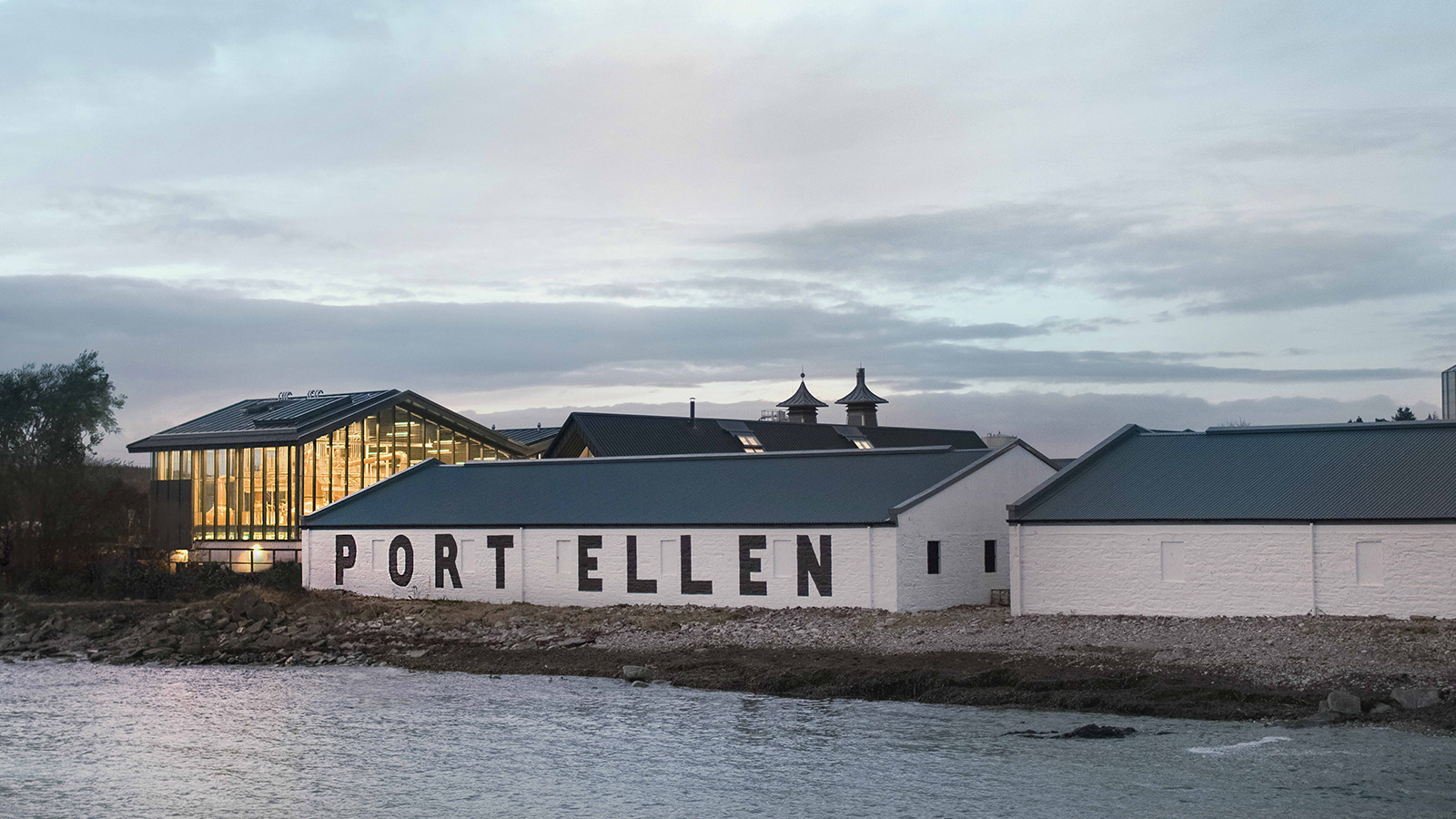 Reborn distillery Port Ellen welcomes Islay whisky pilgrims with smoky delights
Reborn distillery Port Ellen welcomes Islay whisky pilgrims with smoky delightsThe resurrection of Islay whisky distillery Port Ellen has been hailed by connoisseurs, among them Neil Ridley, who explored the smoky delights of this Scottish west coast gem
By Neil Ridley
-
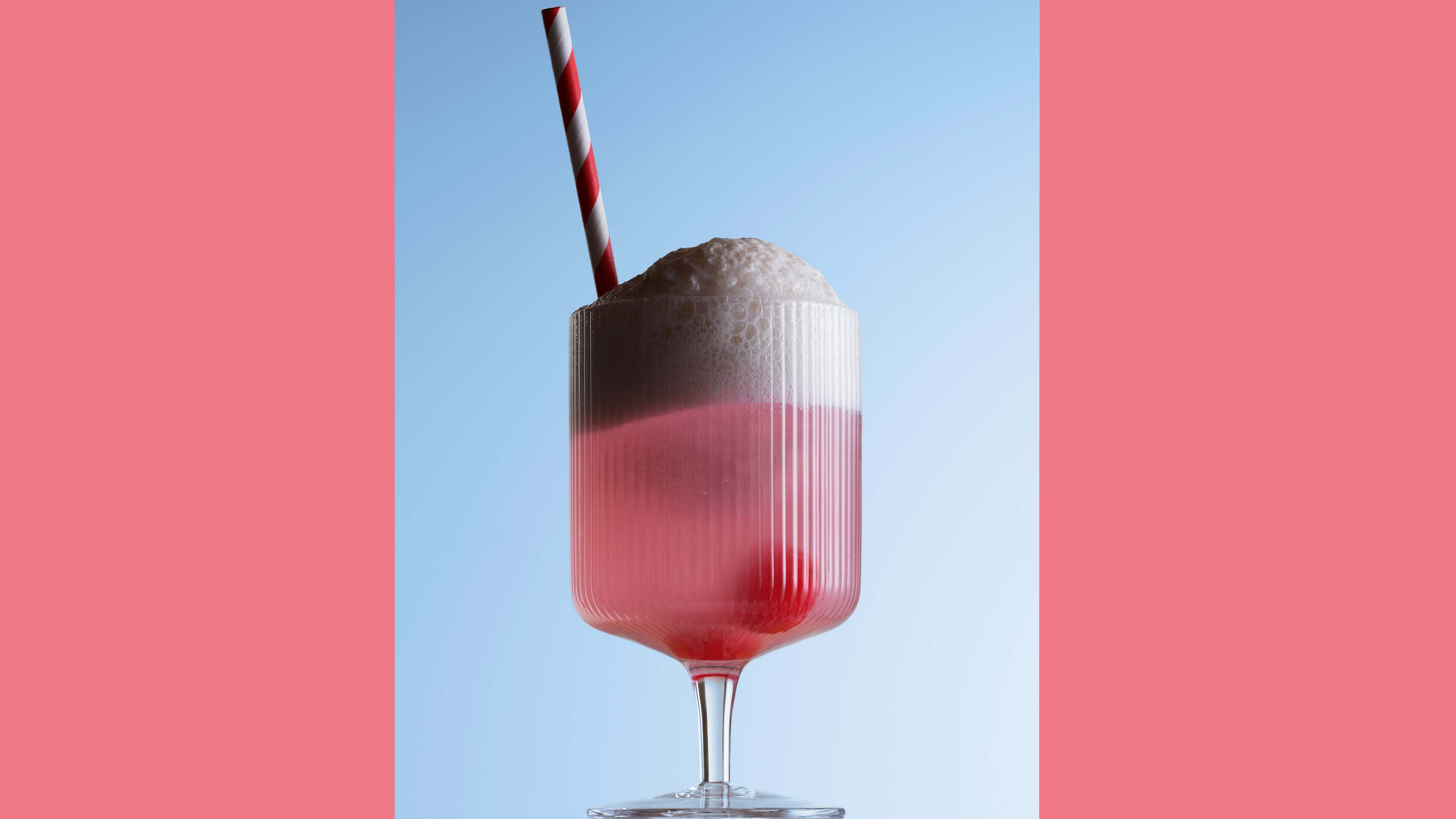 Happy Independence Day, USA! Wallpaper* launches a month-long celebration of creative America
Happy Independence Day, USA! Wallpaper* launches a month-long celebration of creative AmericaThis 4 July we toast the cream of creative USA with our very own cherry soda float. See more in August 2023 Wallpaper*, on sale 6 July, and all month on Wallpaper.com
By Mary Cleary
-
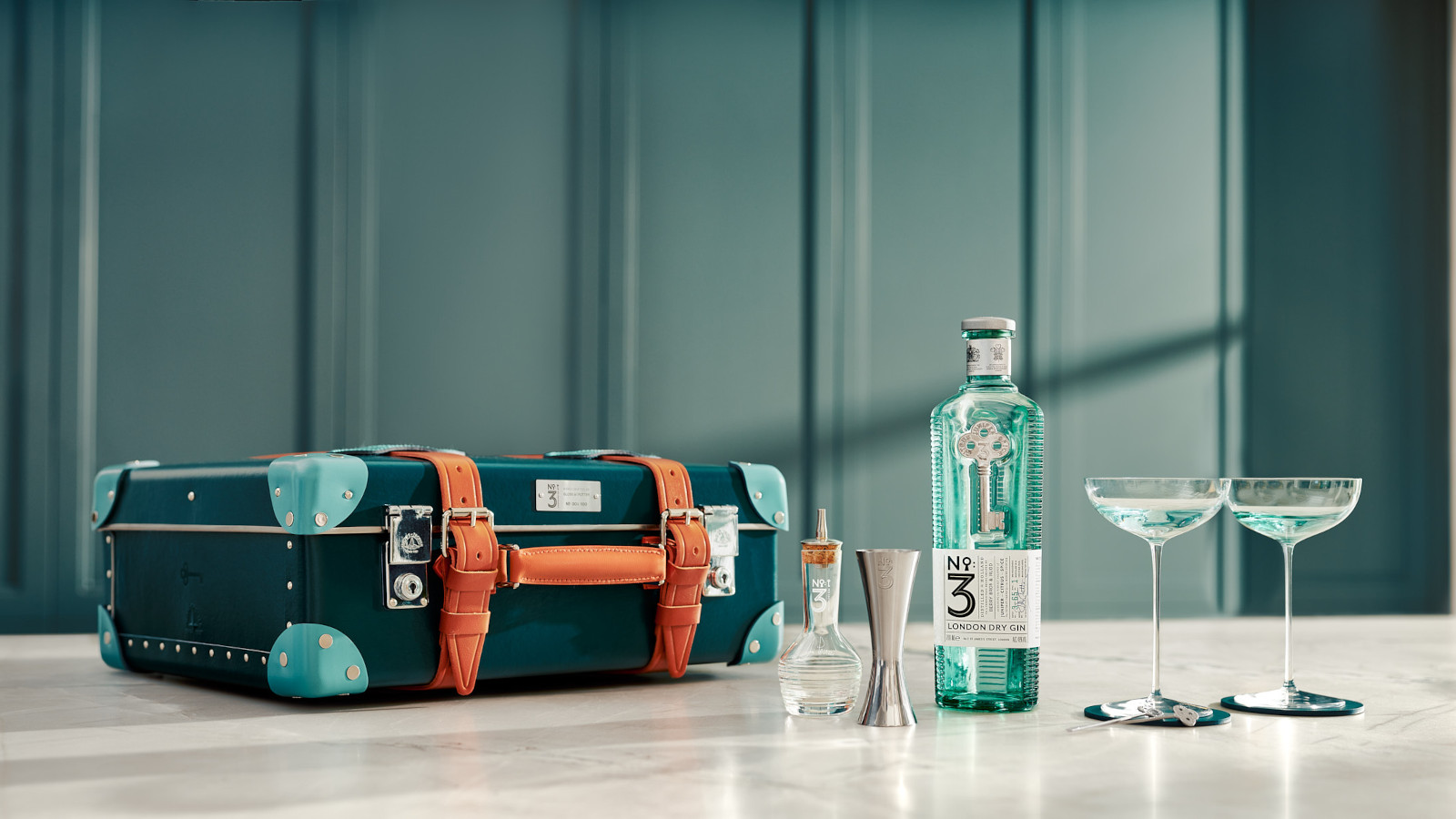 Martini Case by No.3 London Dry Gin and Globe-Trotter is a cocktail lover’s travel companion
Martini Case by No.3 London Dry Gin and Globe-Trotter is a cocktail lover’s travel companionPack this travel case by No.3 London Dry Gin and Globe-Trotter, and watch our film to unlock the secrets of the perfect gin martini, anywhere
By Melina Keays
-
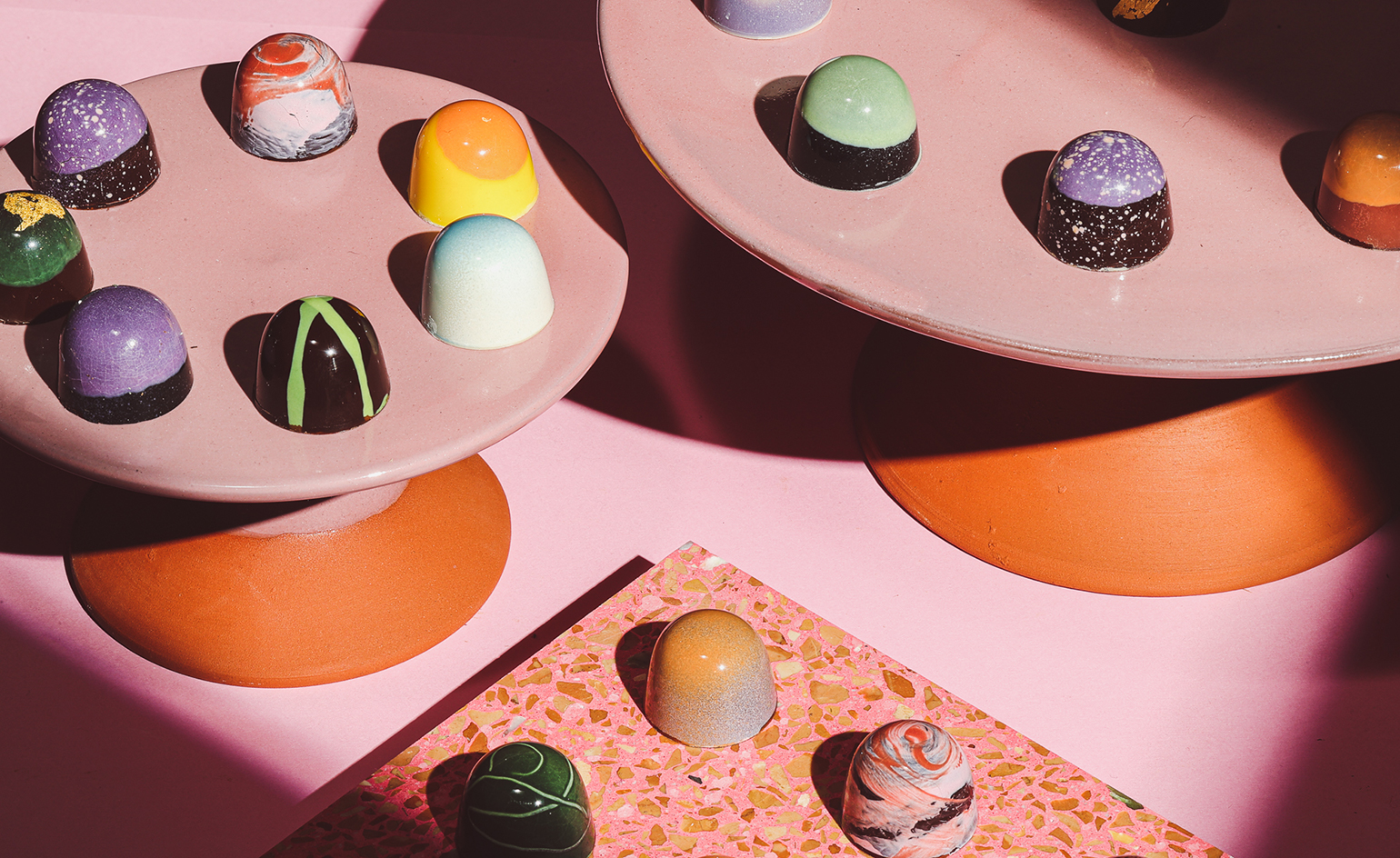 Artful chocolate gifts for every taste
Artful chocolate gifts for every tasteDig into our edit of the best chocolate gifts just in time for Easter
By Mary Cleary
-
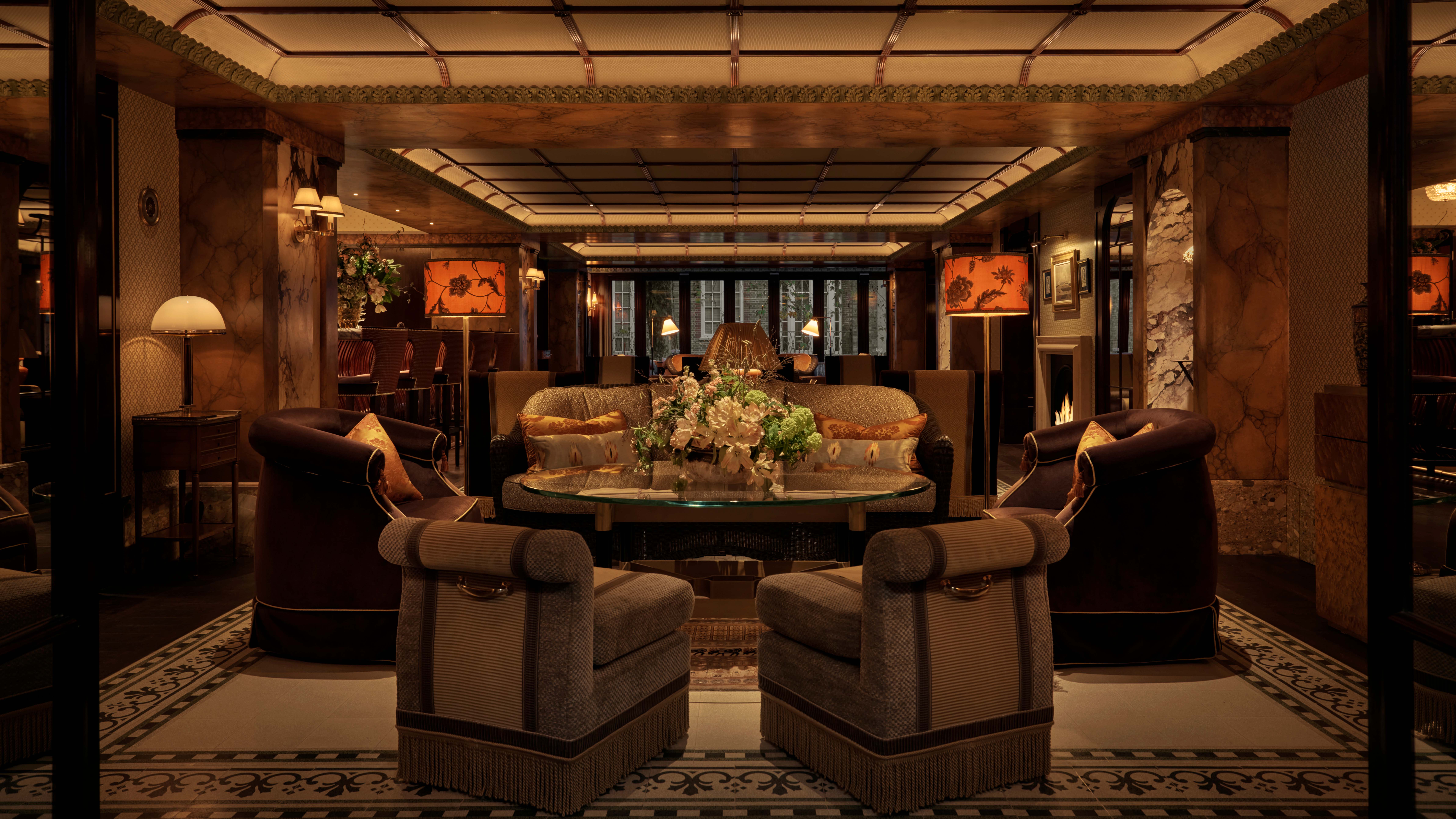 The Arts Club, London, marries Victorian eccentricity and Italian glamour thanks to revamp
The Arts Club, London, marries Victorian eccentricity and Italian glamour thanks to revampThe Arts Club, London, gets a modern revamp with a nod to styles of the past
By Mary Cleary
-
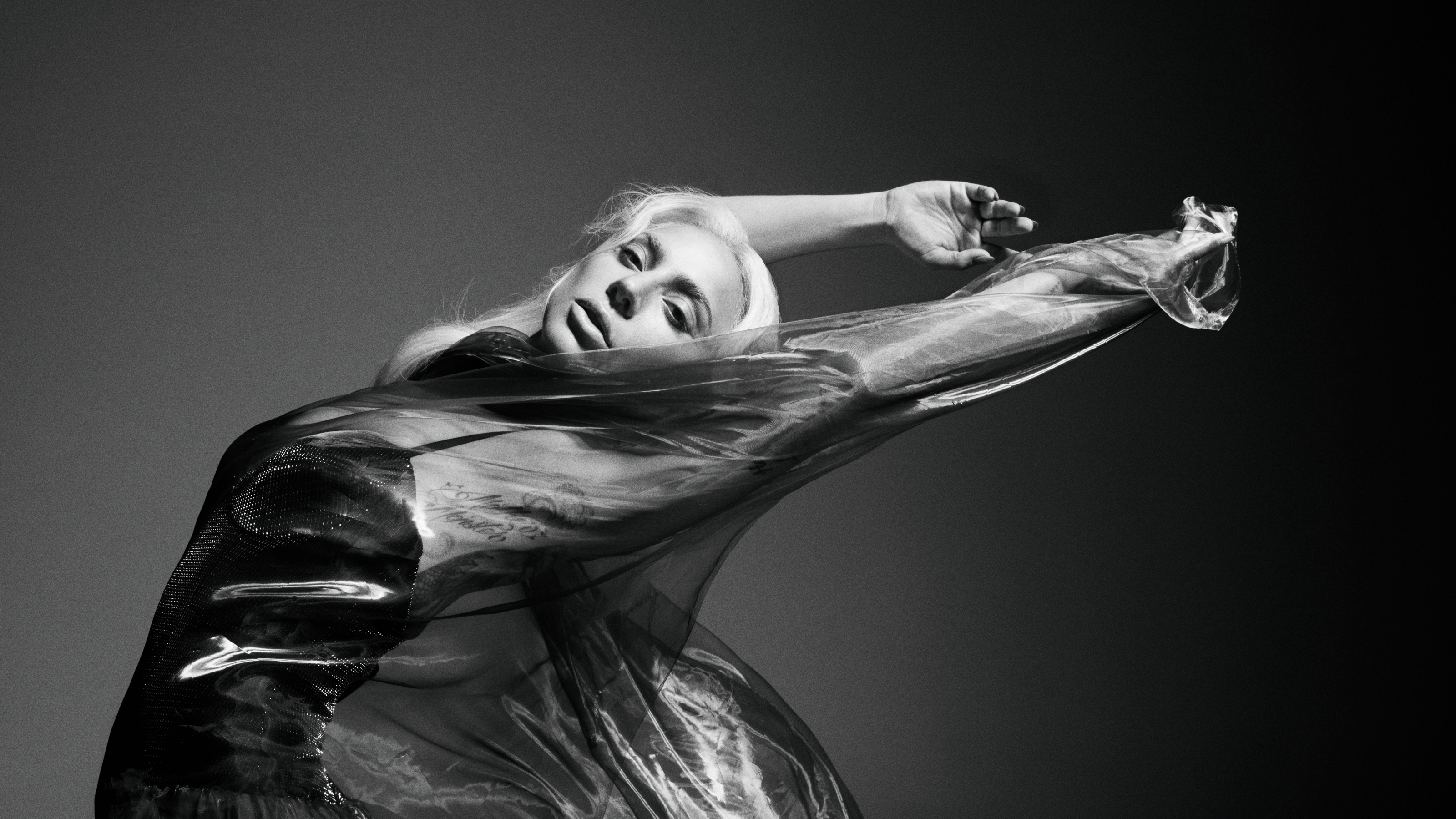 Lady Gaga on the happiness and hard work of creation, and her new campaign for Dom Pérignon
Lady Gaga on the happiness and hard work of creation, and her new campaign for Dom PérignonAs Lady Gaga and Dom Pérignon reveal their campaign for the maison’s 2013 vintage, the artist tells Wallpaper* of its inspiration, her creative process and champagne moments
By Tilly Macalister-Smith
-
 Say happy Lunar New Year with these bao bunnies and home kits for your Year of the Rabbit feast
Say happy Lunar New Year with these bao bunnies and home kits for your Year of the Rabbit feastLondon restaurant Bao is celebrating Lunar New Year with festive treats and seasonal gifts from its online store
By Mary Cleary